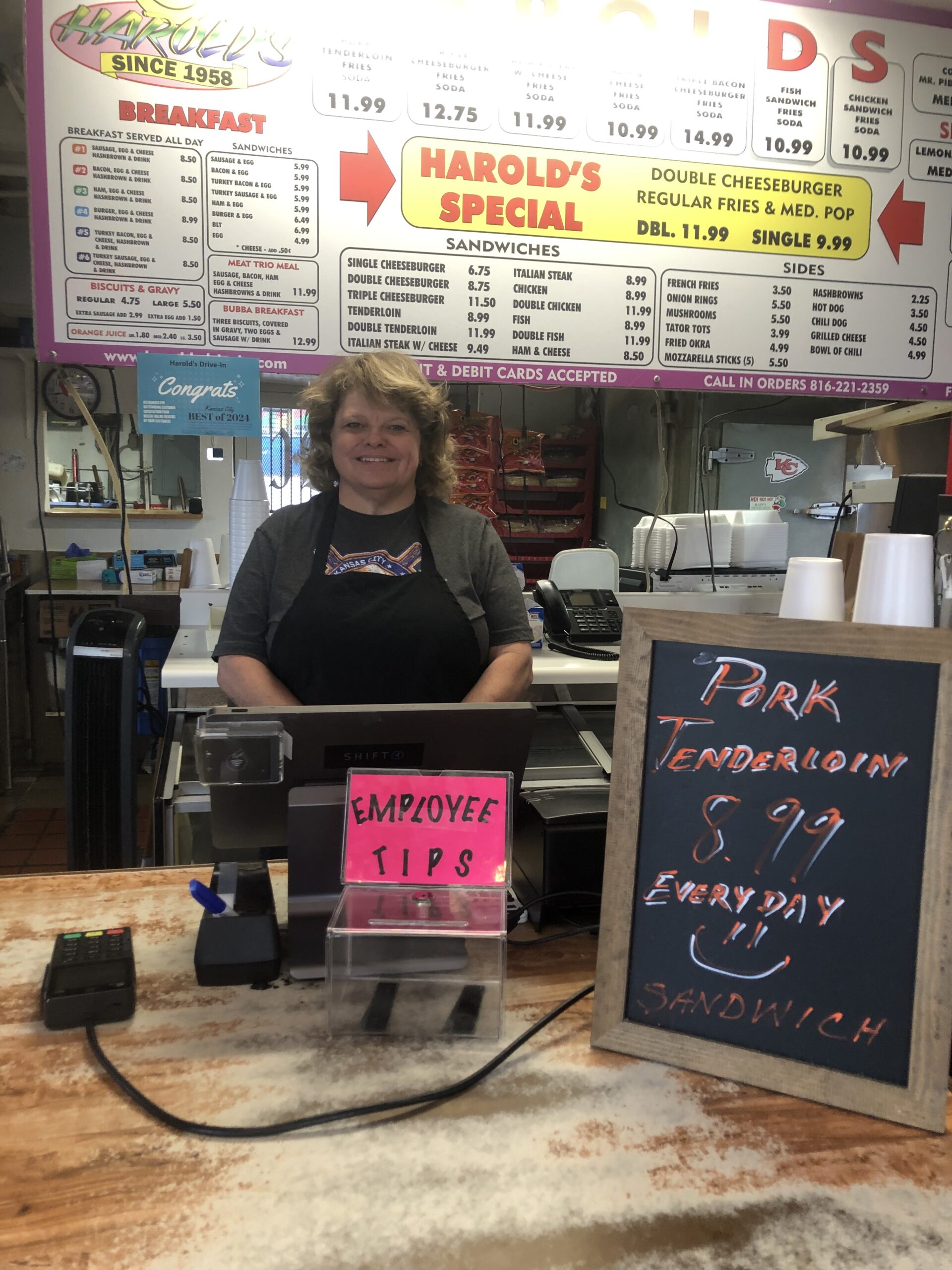
RobyLane Kelley
Editorial Assistant
Northeast High School (NEHS) is expanding its English for Speakers of Other Languages (ESOL) certification this fall to better serve the over 50 languages spoken within its school.
Following in the footsteps of East High School (EHS) and Northeast Middle School (NEMS), NEHS will provide Sheltered English one, two and three, which correspond to beginning, intermediate and advanced levels. Previously, this high school only provided level three or advanced sheltered English.
Sheltered English classes are instructional communication arts courses including reading, writing and language. While these classes adhere to the district 33 core curriculum, it’s instructors are ESOL certified — allowing them to provide adaptations, materials and assessments, which match each student’s language level, according to Kansas City Public Schools’s website.
Jonathan Freeland — an English Language Learning (ELL) teacher at NEHS — said although this new programming is different from what the teachers are used to, NEHS teachers are professionals and prepared to work as a team for this implementation.
“One model we have had for the last five plus years is co-teaching for ELL students that are intermediate advanced in the country. Through the last several years, we’ve had more beginner students coming in, and East reached a population where it’s hard to accept everyone,” said Freeland. “This is before the program that we’re on, that we’re unveiling this fall … we can make it work. It’s gonna be a new look for all teachers at Northeast.”
NEMS students who previously attended East High School for their language learning programs, will now be able to stay in Northeast schools. The inclusion of these students will continue to diversify its high school’s halls. Freeland, and Diane Bosilevac — the first ever world languages coordinator at KCPS — agreed the best way to learn is to be immersed.
“You learn a language the fastest by being immersed into it and getting those opportunities to socially engage in that language of failure,” said Freeland.
“I recommend starting with exposure to the language through media such as music, films and books. Additionally, taking advantage of language learning apps and online resources can be very helpful,” said Bosilevac. “Engaging in conversations with native speakers and participating in cultural events can also enhance their learning experience. Consistency and practice are key to becoming proficient in a new language.”
In addition to teaching students, KCPS will be offering Spanish classes to teachers outside of the ELL programs and free English classes to community members. Bosilevac asks anyone interested in more information contact her directly at: dbosilevac@kcpublicschools.org.
Freeland — who taught English in other countries — said the techniques used in his other jobs helped prepare him to serve his students at NEHS. He shared how he uses these skills to teach in an ELL environment.
“When I went to Thailand, I was teaching English as a foreign language,” Freeland said. “I was encouraged. ‘Don’t speak Thai with your students, you’re gonna be tempted because it’s easy when they weren’t speaking’… I broke that rule some.You learn skills as an ESL teacher of how to teach. Without having to speak the languages of your students because in any adult language programs, especially that in our school, too, there’s multiple languages spoken by our students. So there’s no way that I’m going to be able to speak every language.”
Freeland said the most important tool for any language learner is listening.
“The first step for anyone to learn a language is to develop listening skills,” said Freeland. “That person is not going to be able to speak, and there’s what’s called a language acquisition. There’s a period where that student is silent and not be able to speak.”
With the influx of students who will not speak what KCPS identifies as “advanced” English, some NEHS students may decide they want to learn a second language.
“Studying a language not only enhances communication in a culturally diverse United States, but it also promotes understanding and empathy of multiple perspectives, creates opportunities for future careers, and prepares students for life in a globalized and multilingual world,” said Bosilevac.
Exposure to these languages will further help students beyond secondary education, according to Bosilevac. Missouri had significant trade relations with Mexico and Canada, according to the Observatory of Economic Complexity.
“Knowledge of languages provide access to over 700 international companies in Missouri that import more than a billion dollars to countries that represent the top languages studied at KCPS: Chinese, French and Spanish,” said Bosilevac. “Languages are crucial for our students’ career paths and align with the mission of world languages and KCPS.”
Bosilevac encourages students at all stages in their language journey to keep pushing — even when it gets tough.
Learning a language is a journey that requires patience and persistence, not innate talent,” said Bosilevac. “I encourage all students to embrace the challenge of learning a new language and to take advantage of the rich cultural tapestry that Kansas City has to offer.”

















